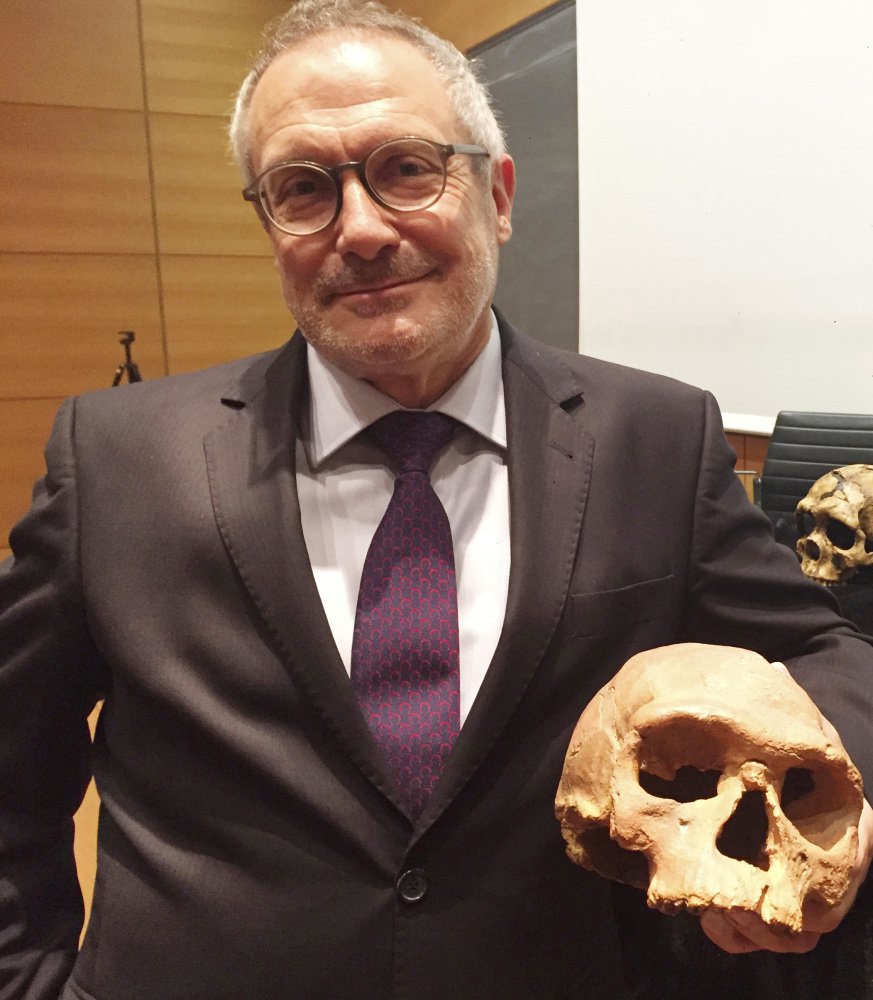NEW YORK — How long has our species been around? New fossils from Morocco push the evidence back by about 100,000 years.
The bones, about 300,000 years old, were unearthed thousands of miles from the previous record-holder, found in fossil-rich eastern Africa. The new discovery reveals people from an early stage of our species’ evolution, with a mix of modern and more primitive traits.
“They are not just like us,” said Jean-Jacques Hublin, one of the scientists reporting the find. But they had “basically the face you could meet on the train in New York.”
Coupled with other evidence, the Moroccan fossils suggest that Homo sapiens may have reached its modern-day form in more than one place within Africa, said Hublin, of the Max Planck Institute for Evolutionary Anthropology in Leipzig, Germany, and the College of France in Paris.
Previously, the oldest known fossils clearly from Homo sapiens were from Ethiopia, at about 195,000 years old.
It’s not clear just when or where Homo sapiens came on the scene in Africa. Hublin said he thinks an earlier stage of development preceded the one revealed by his team’s discovery.
We evolved from predecessors who had differently shaped skulls and often heavier builds, but were otherwise much more like us than, say, the ape-men that came before them. Our species lived at the same time as some related ones, like Neanderthals, but only we survive.
Hublin and others described the new findings in two papers released Wednesday by the journal Nature .
Send questions/comments to the editors.



Success. Please wait for the page to reload. If the page does not reload within 5 seconds, please refresh the page.
Enter your email and password to access comments.
Hi, to comment on stories you must . This profile is in addition to your subscription and website login.
Already have a commenting profile? .
Invalid username/password.
Please check your email to confirm and complete your registration.
Only subscribers are eligible to post comments. Please subscribe or login first for digital access. Here’s why.
Use the form below to reset your password. When you've submitted your account email, we will send an email with a reset code.